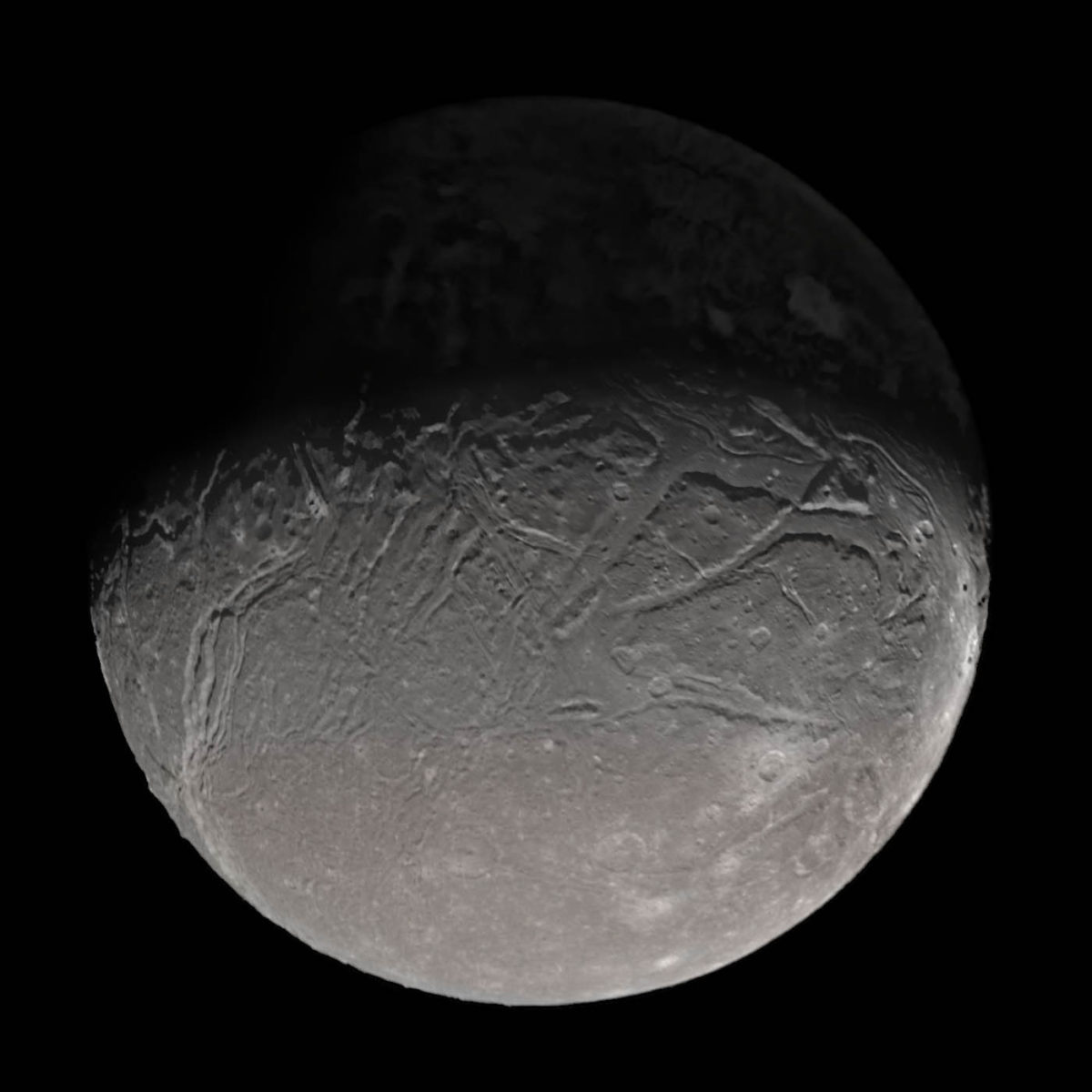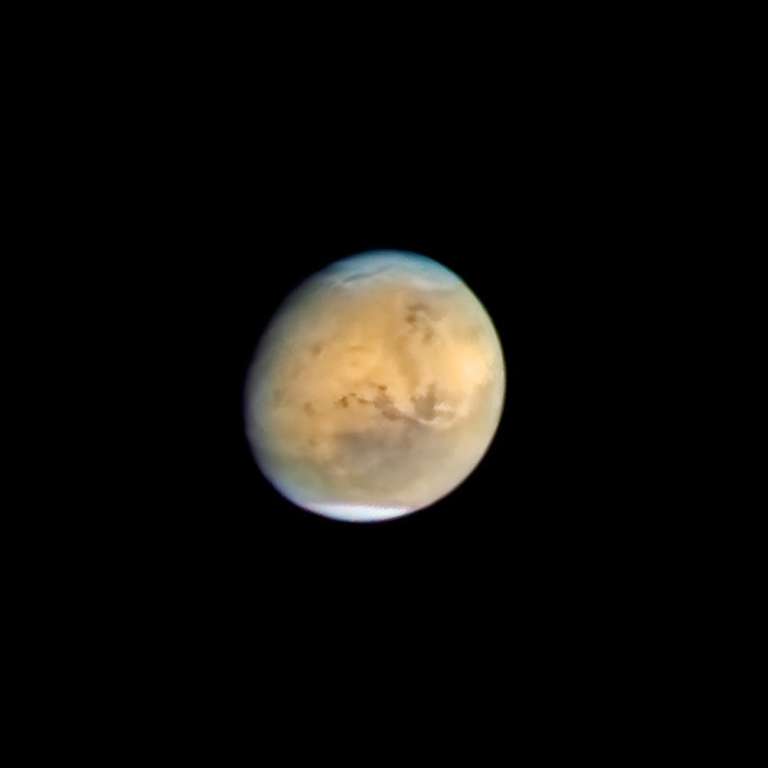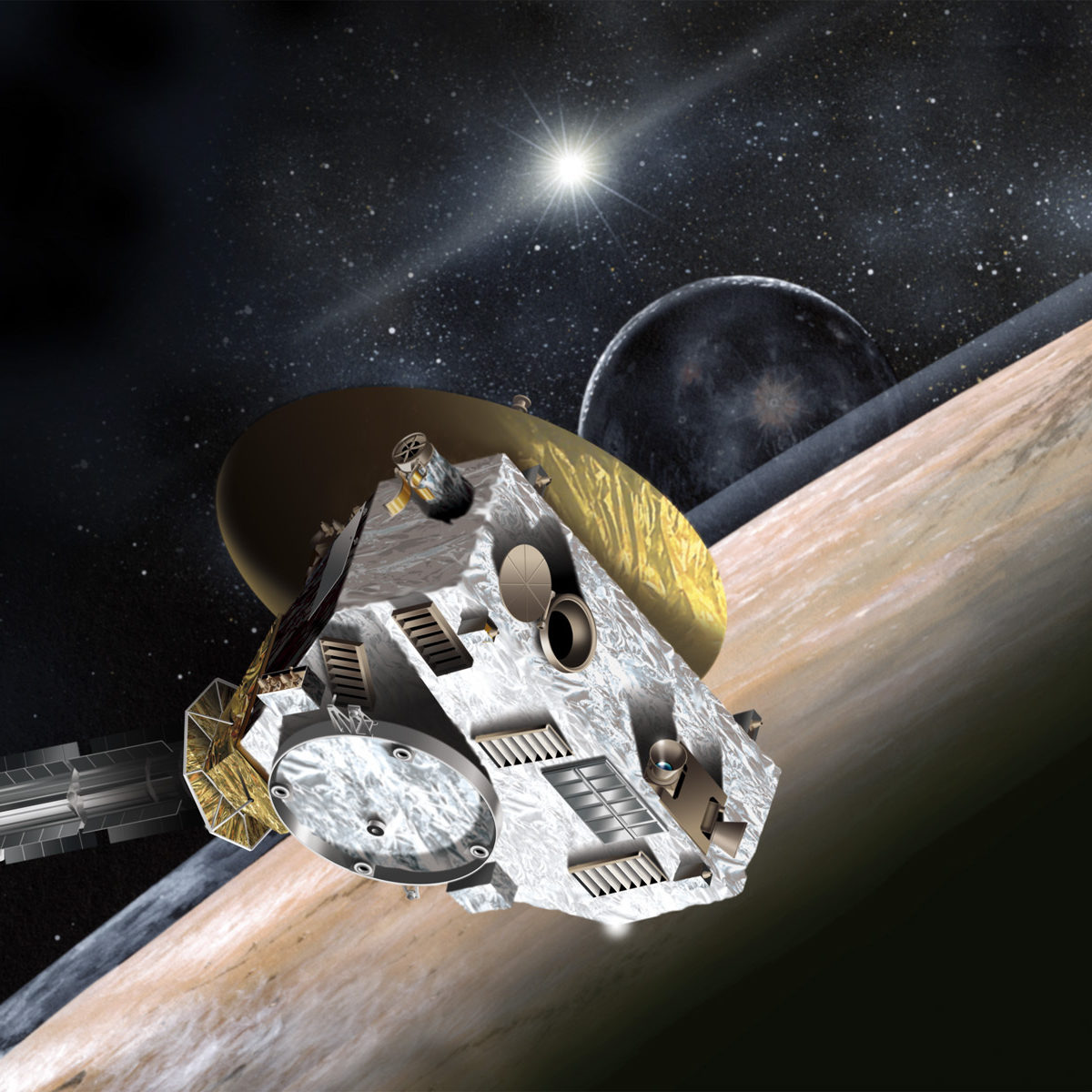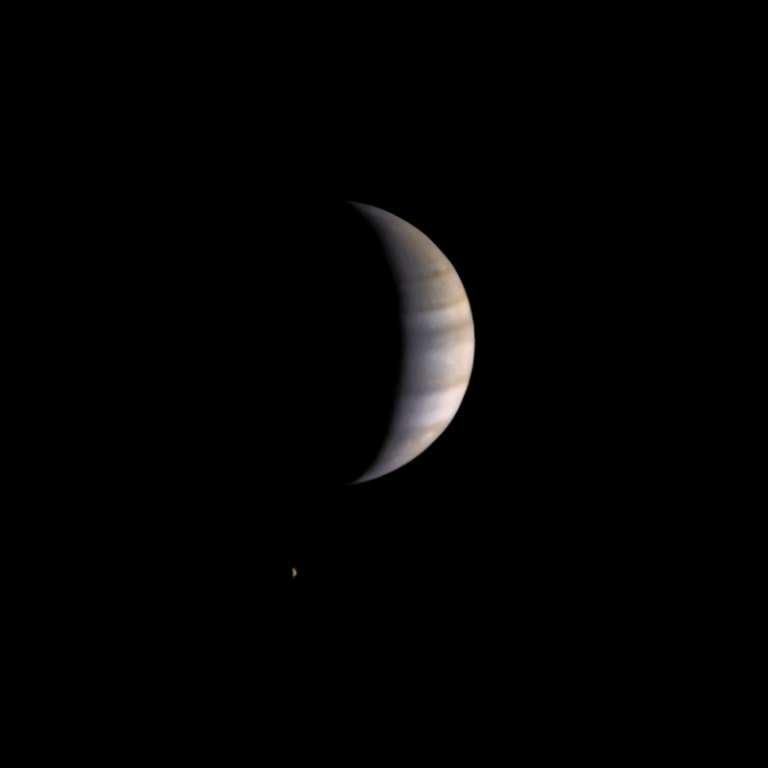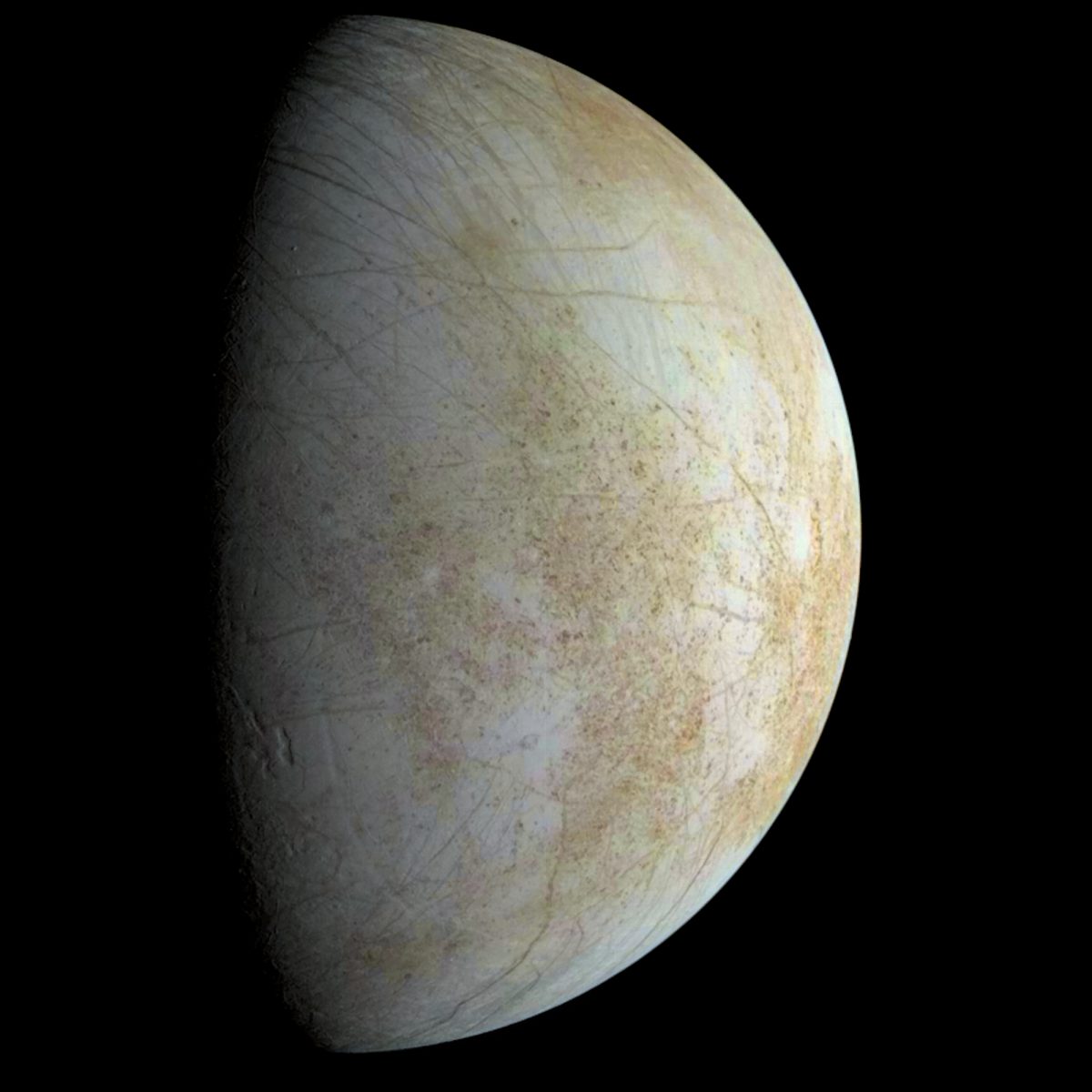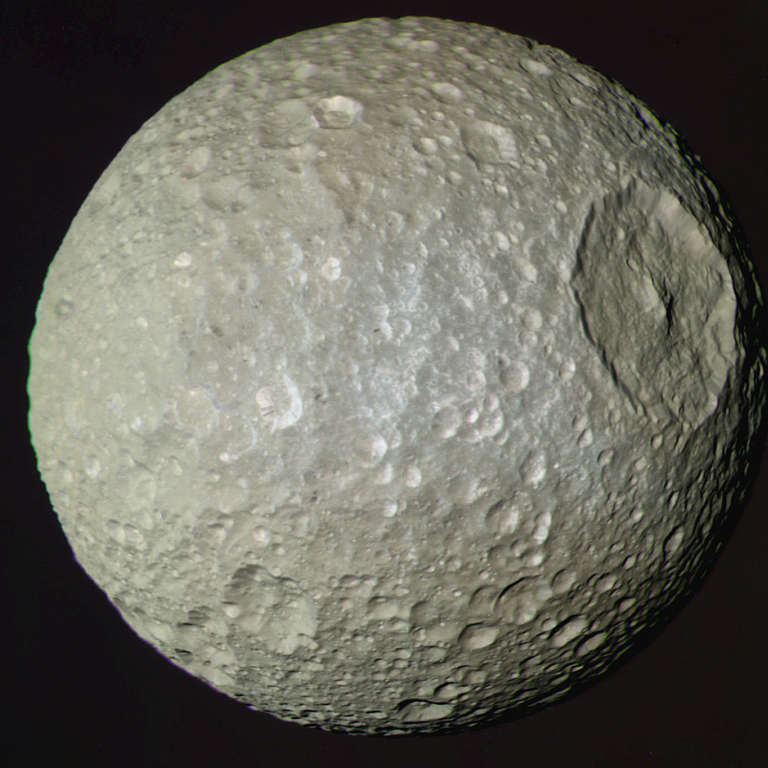All
All
Stories, updates, insights, and original analysis from The Planetary Society.
Every picture from Venus' surface, ever
In 1975 and 1982, four of the Soviet Union’s Venera probes captured our only images of Venus’ surface.
A new look at Europa, with old data
Ted Stryk shows us a new color, near-global view of Europa made from Galileo spacecraft data captured in 1996.
Voyager 40th anniversary: The transformation of the solar system
The Voyager missions transformed most of the large worlds of the solar system from points of light into places to be explored.
Did Voyager 1 capture an image of Enceladus' plumes erupting?
Amateur image processor Ted Stryk revisited Voyager 1 data of Enceladus and came across a surprise.
New Horizons Science Team Meeting Report
On July 6 at Lowell Observatory in Flagstaff, Arizona, the science team convened at the place where Pluto was discovered. Ted Stryk reports from the meeting.
Looking Down On Jupiter's North Pole
Ted Stryk shares the most direct view of a Jovian pole ever captured by a spacecraft.
Venus From 33 Years Ago, and Why We Need to Explore
Thirty-three years ago today, Venera 14 plunged through the thick Venusian atmosphere to the surface. Ted Styrk shares some of his processed images from the Venera lander missions to Venus—and makes a plea for us to return.
Some Recent Views of Mars from Hubble
Ted Stryk showcases some of his processed versions of recent Hubble Space Telescope views of Mars.
45th Binghamton Geomorphology Symposium Report
The 45th Binghamton Geomorphology Symposium, usually focused on terrestrial studies, shifted this year to planetary science. Ted Stryk gives us an overview.
Standing on Venus in 1975
Venera 9 and 10 landed on Venus in 1975 and sent back the first images of the planet's surface. Now, Ted Stryk brings new life to these images to show us what it would be like to stand on the Venusian surface.
New Horizons: Updates From the January 2014 Science Team Meeting, Part 2
Ted Stryk reports on the status of the New Horizons mission from the mission's latest Science Team Meeting. Updates include the status of the Kuiper Belt target search and the use of ALMA to refine Pluto's ephemeris.
New Horizons: Updates From the Science Team Meeting, Part 1
Ted Stryk reports on the status of the New Horizons mission from the mission's latest Science Team Meeting.
Jupiter and Io from Pioneer 10
This is a parting shot of Jupiter and Io, taken December 5, 1973, by the Pioneer 10 spacecraft, the first to see either world as a crescent.
Mysterious Umbriel
Presenting a newly-processed version of Voyager 2's best images of Uranus' moon Umbriel.
In Honor of JUICE, a New View of Europa
To celebrate ESA's selection of the JUICE mission to Jupiter, Ted Stryk produced a new global view of Europa from Galileo data.
Russia's Venera-D mission (DPS-EPSC 2011)
During the afternoon poster session at the Division of Planetary Sciences / European Planetary Science Congress meeting, I had a long talk with Ludmila Zasova (IKI) about Russia's Venera-D mission to Venus.
Awards for Planetary Society figures at the 2011 Division of Planetary Sciences / European Planetary Science Congress meeting
I arrived in Nantes just in time to see two major figures in the Planetary Society win big awards.
A Distant View of Triton
Ted Stryk reminisces on how he was turned on to astronomy.
LPSC 2011: Day 4: Ted Stryk on icy moons and The Moon
Here are Ted Stryk's notes from the sessions he attended in the afternoon of Thursday, March 10, at the 42nd Lunar and Planetary Science Conference.
LPSC 2011: Day 3: Moon, Mars, and Venus
Wednesday morning included some interesting conversations. Notably, I spoke with Pamela Gay, who is responsible for the MoonZoo citizen science program and who is presently working on developing a site through which the public will be able to help search for potential Kuiper belt objects for the New Horizons mission to encounter after the Pluto flyby.


 Explore Worlds
Explore Worlds Find Life
Find Life Defend Earth
Defend Earth


 Sun
Sun Mercury
Mercury Venus
Venus Earth
Earth Mars
Mars Jupiter
Jupiter Saturn
Saturn Uranus
Uranus Neptune
Neptune Small Bodies
Small Bodies

